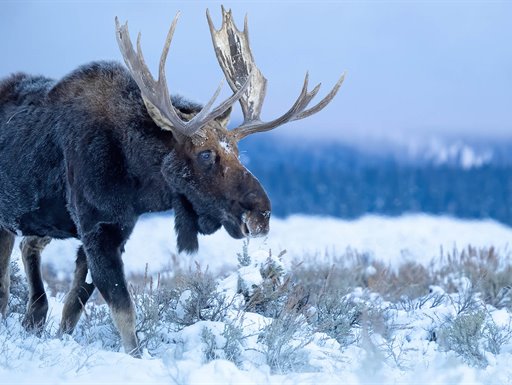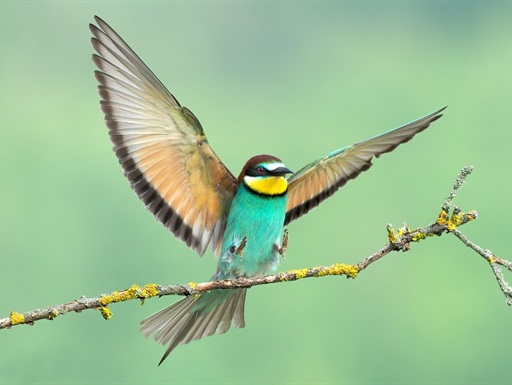Wildlife & Nature photographer based in the Peak District, UK.
Two years ago, if you’d asked me if I was interested in using a 2x converter the answer would have been an unequivocal “no”. I’d had a few bad experiences when I was using my old DSLR system, resulting in poor image quality and unreliable autofocus. When asked to test the new Olympus M.Zuiko Digital 2x Teleconverter MC-20, I was tentatively excited. I knew I had complete confidence in Olympus equipment, but it was impossible to ignore my previous experiences.
The first stop on the project was Lake Kerkini. With previous experience at the lake, I would be able to focus purely on photography without having to get to grips with the site at the same time. On arrival, the conditions were rather extreme with many roads under inches of snow and ice sheets. The lake itself was frozen, which meant that many boats could not get out onto the water for several days; each time they tried to clear the ice, it would refreeze overnight. This led to very messy and delicate ice along the edges of the lake and therefore, the pelicans would be anxious to land nearby. Thankfully as time progressed, a couple of small openings in the ice appeared, giving the pelicans a chance to get closer on the water whilst I would lie on the ice waiting for the right moment. As it was rather narrow, it was difficult to isolate individuals, with numerous occasions when birds would photobomb in the fore and background.
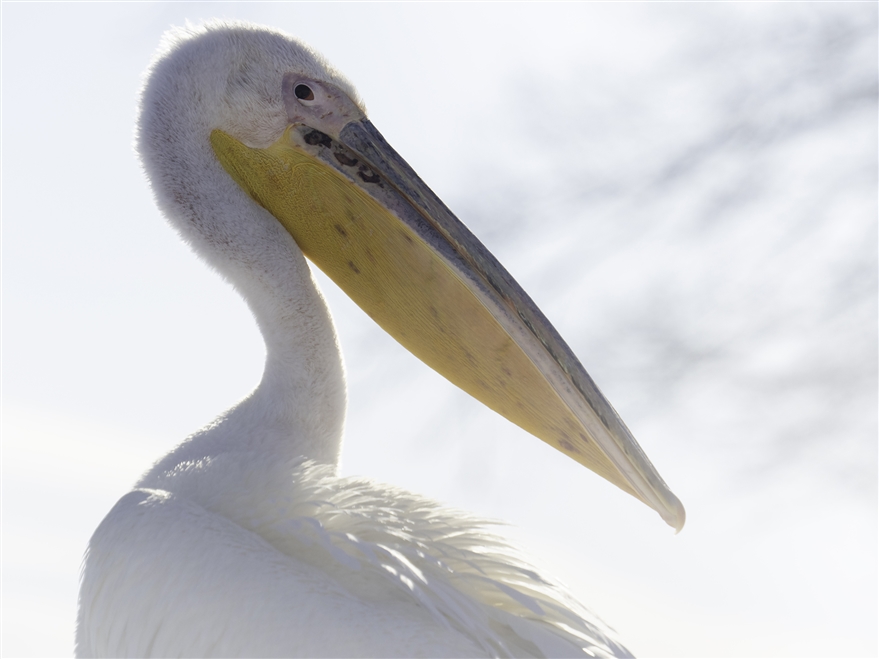
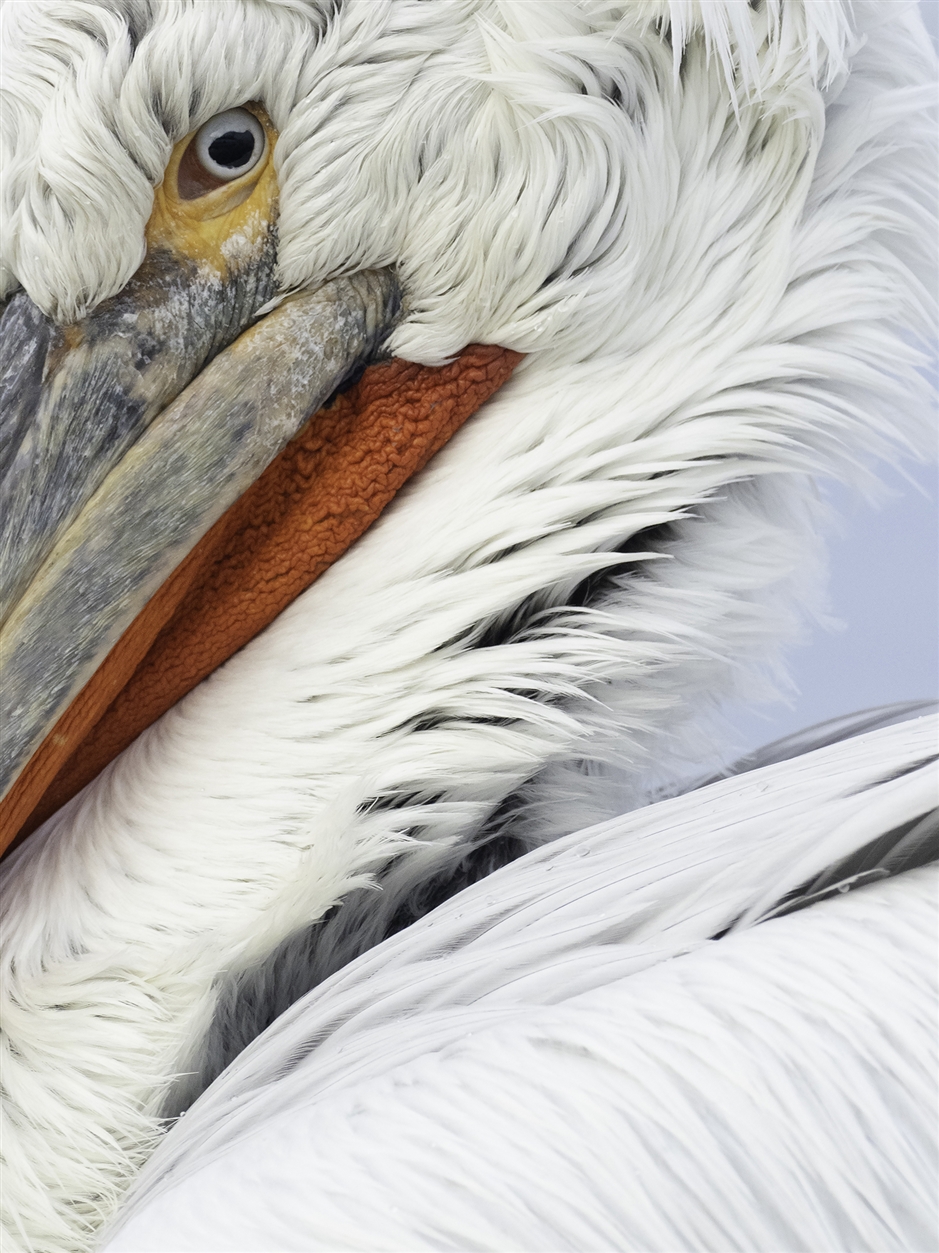
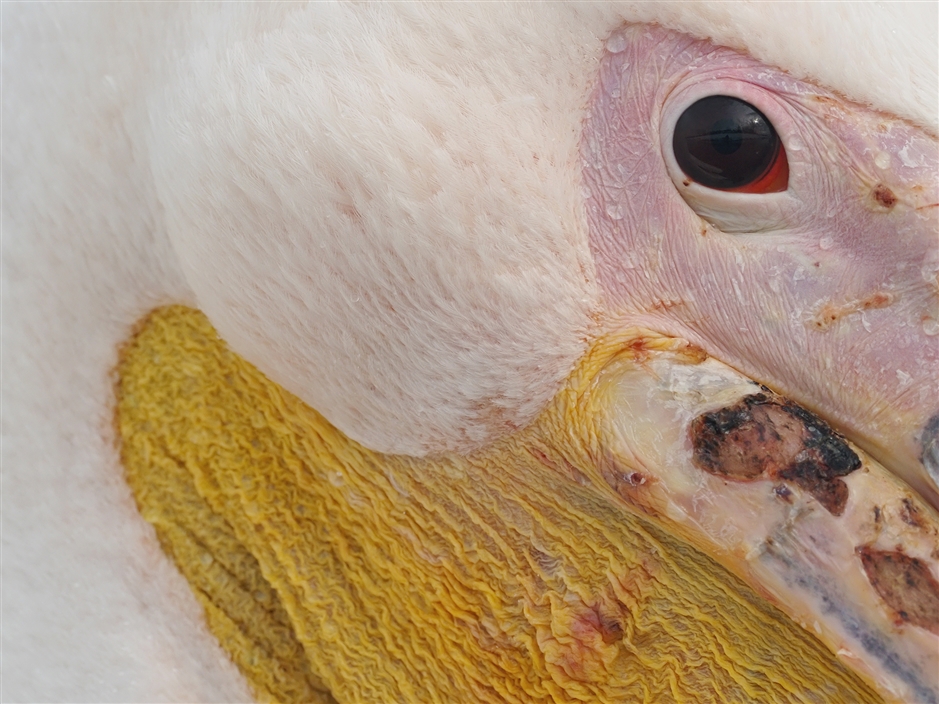
While the pelicans were one of my primary species to photograph out there, I had discovered a site the previous year with coypu. Although they are an invasive species, they are by far one of my favourite animals to photograph because of their awesome behaviour and charismatic nature. The characteristics of the location meant that I would have to crawl over and lie on frozen quagmire which would melt the longer I lay there. The coypu struggled to navigate the frozen pond, regularly falling through, but a few opportunities for images presented themselves when they would eventually reach the shoreline.
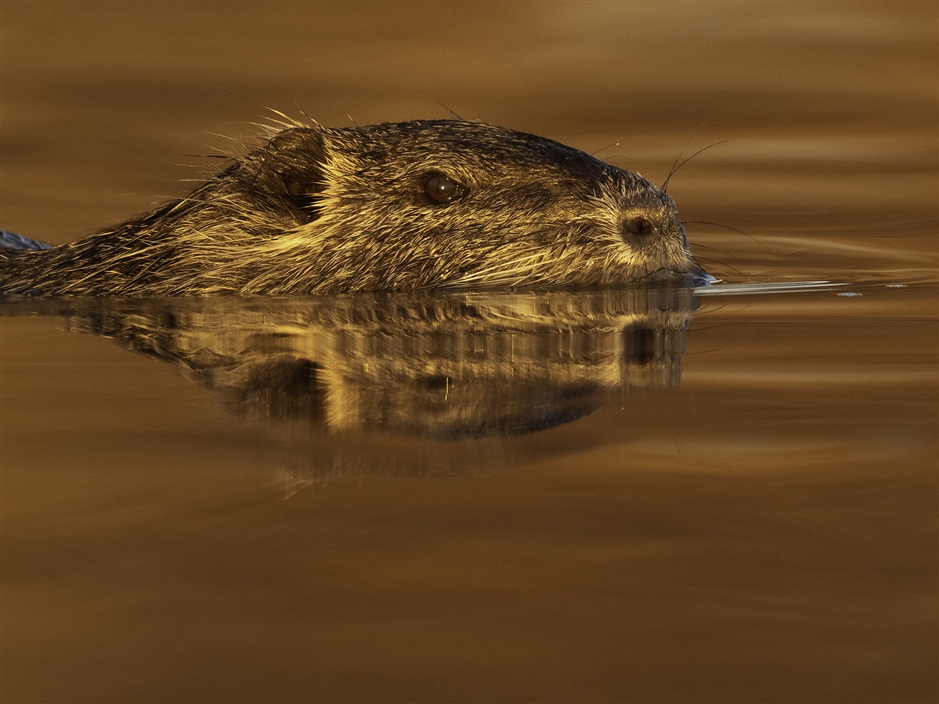
Of course, my main goals were to trial the new converter and capture a variety of images and it certainly didn’t disappoint. Whilst the conditions were challenging to shoot in, with diffraction above the ice sheets and harsh light, the converter never faltered when it came to focusing and capturing sharp images.
The second leg of the project took me to Scotland, but poor weather followed me there too. For the first few days I ended up stuck in the hotel due to treacherous conditions on the roads and several road closures. When it was finally safe to travel, the mountains were all but unworkable, with winds exceeding 50 mph leading to snow drifts that could engulf you. The hares were smart enough to avoid this, digging snow holes and staying underground to avoid the harshest conditions. It took several days and an extended trip to start to get results as the conditions calmed down enough for the hares to be above ground and the site to be accessible. Despite temperatures still being sub-zero, the equipment still performed through it all. When the project finally came to a close, I was sad to see the M.Zuiko Digital 2x Teleconverter MC-20 go, and any initial concerns were gone. This is an impressive piece of kit that will definitely become an important element of my equipment when it’s available.
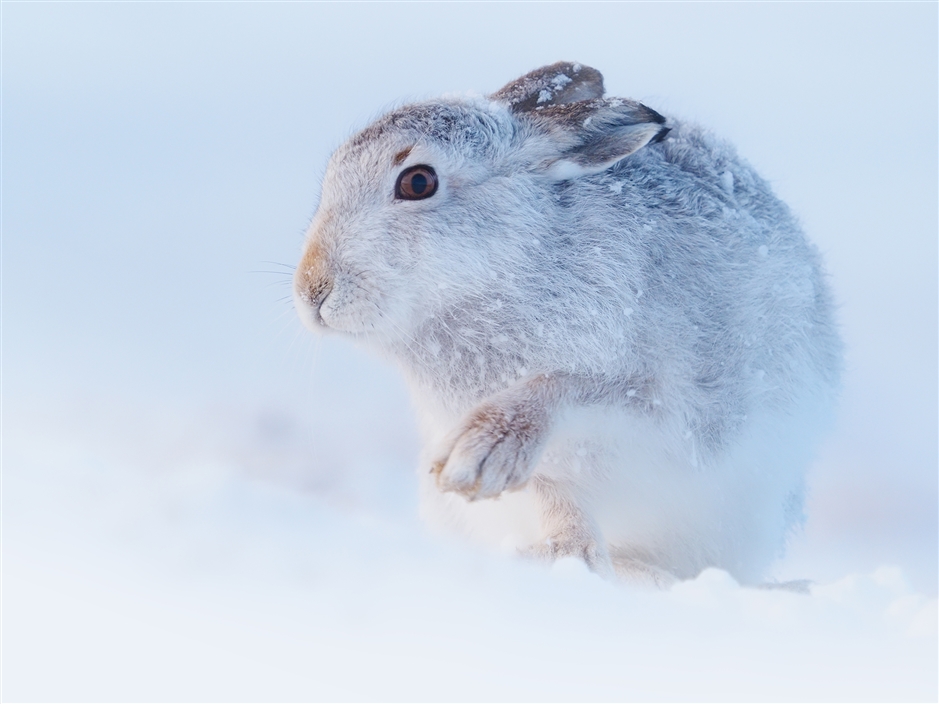
You can watch my whole review here:
Featured products:
OM-D E-M1X
M.Zuiko Digital 2x Teleconverter MC-20
M.Zuiko Digital ED 40-150mm F2.8 PRO
M.Zuiko Digital ED 300mm F4 IS PRO
